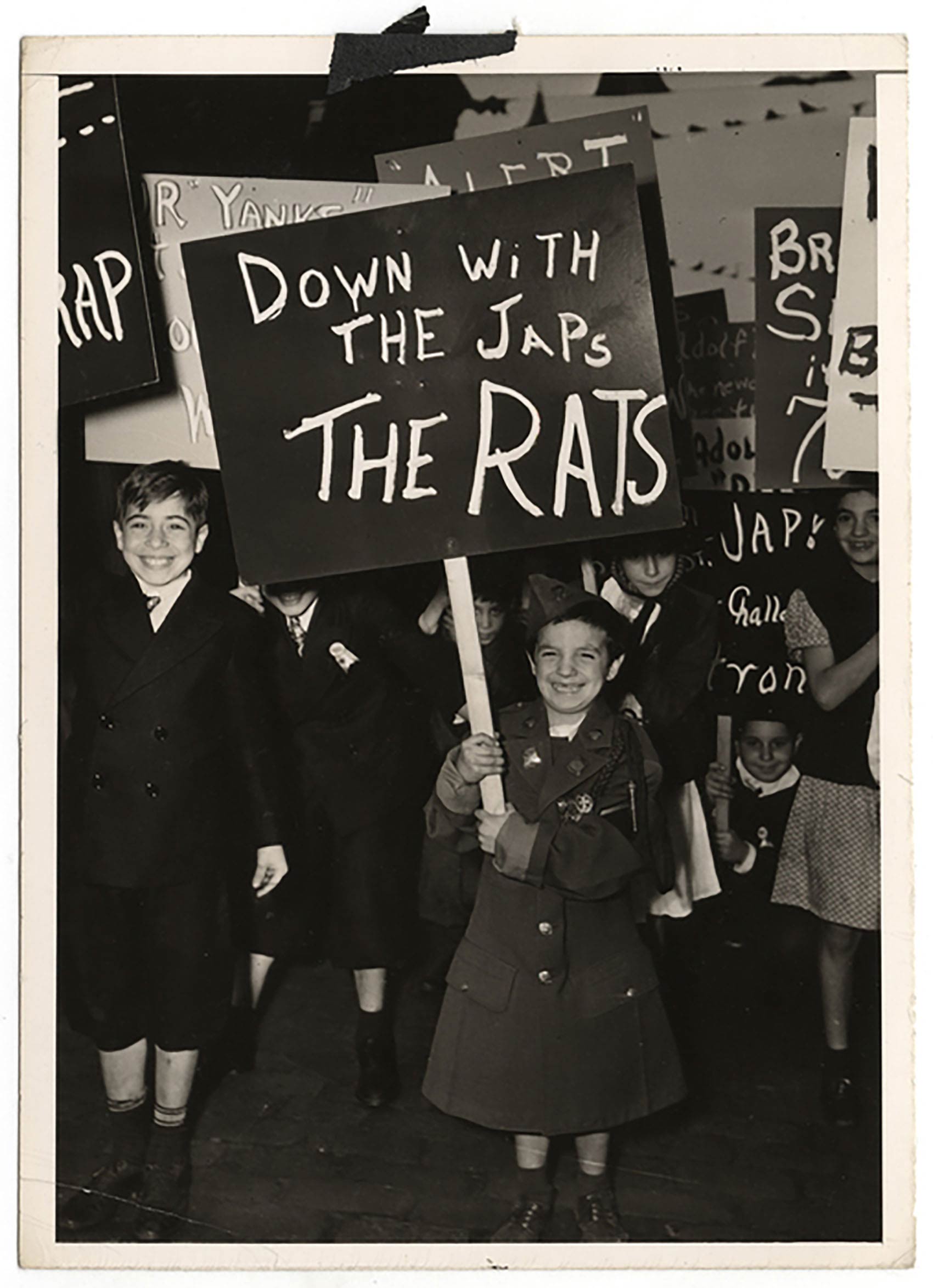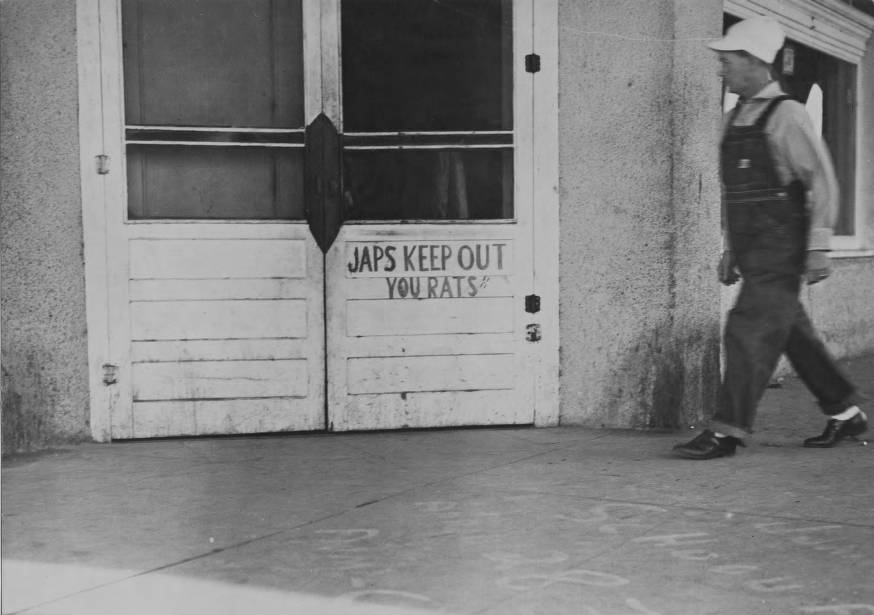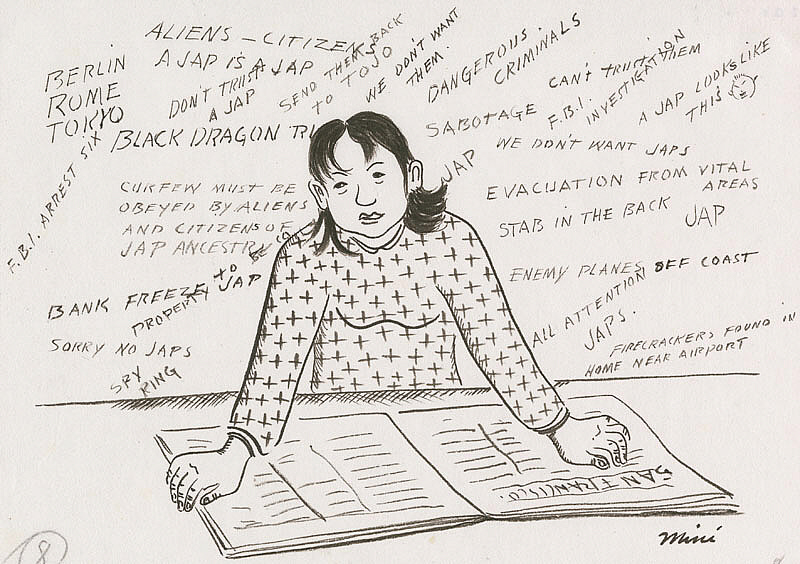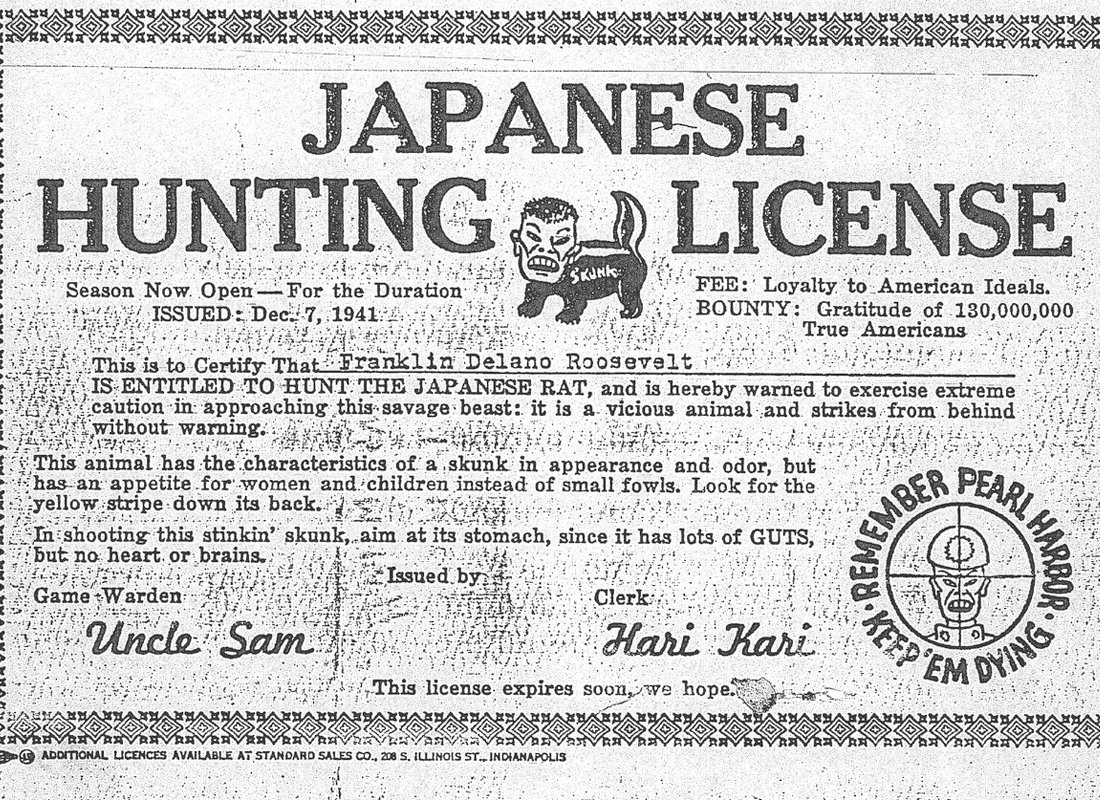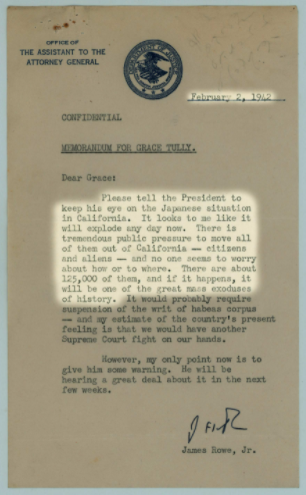BEYOND BARBED WIRE:
The Debate and Diplomacy Surrounding Japanese Internment
ANTI-JAPANESE HYSTERIA
Attack on Pearl Harbor
On December 7, 1941, the Japanese Air Service instituted a surprise attack on Pearl Harbor, a naval base in Hawaii. This attack left more than 3,400 injured or deceased and initiated a prolonged anti-Japanese sentiment, as many believed they were a threat to national security.
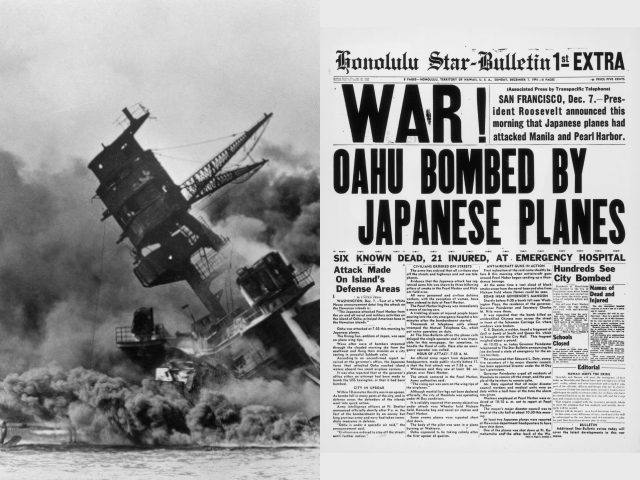
(Honolulu Star-Bulletin, 1941)
Suspicion Within Communities
In response to Chinese Americans suffering violence after Pearl Harbor, Life Magazine wrote an article to tell Americans how to differentiate between Japanese and Chinese Americans.
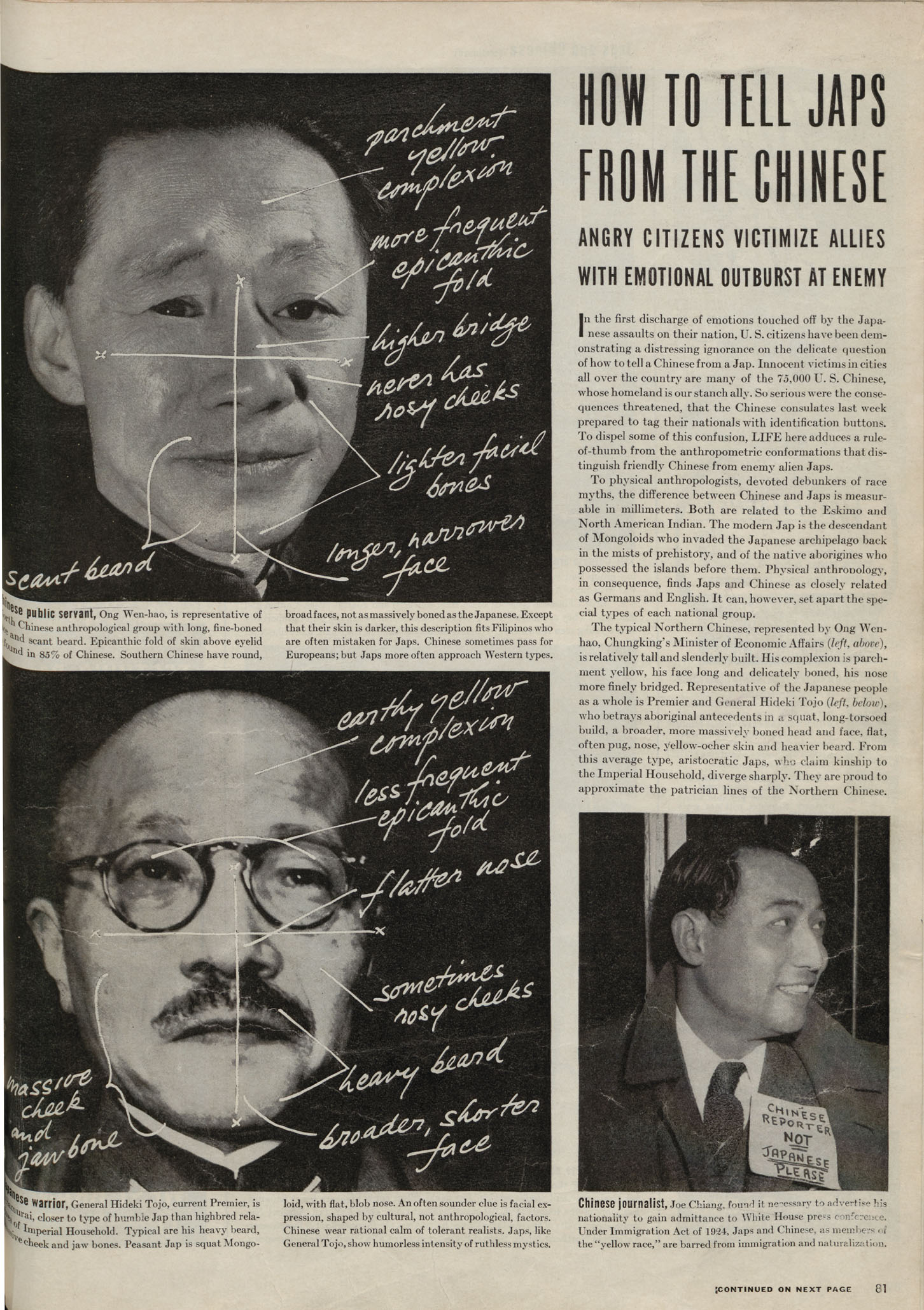
(Life, 1941)
Executive Order 9066
Two months after the attack on Pearl Harbor, President Franklin D. Roosevelt signed and issued Executive Order 9066. This authorized the isolation of Japanese Americans into internment camps.

(National Archives, 1942)
"I am for the immediate removal of every Japanese on the West Coast . . . . Let ’em be pinched, hurt, hungry, and dead up against it . . . . Let us have no patience with anyone whose veins carry his blood . . . . Personally, I hate the Japanese and that goes for all of them.”
- Henry Mclemore, columnist, 1942
Milton Eisenhower was the first director of the War Relocation Authority and was at the forefront of explaining the government's rationale for the internment. He defended the needs and methods of Executive Order 9066 and claimed that the Japanese "cheerfully" participated in the relocation process.
